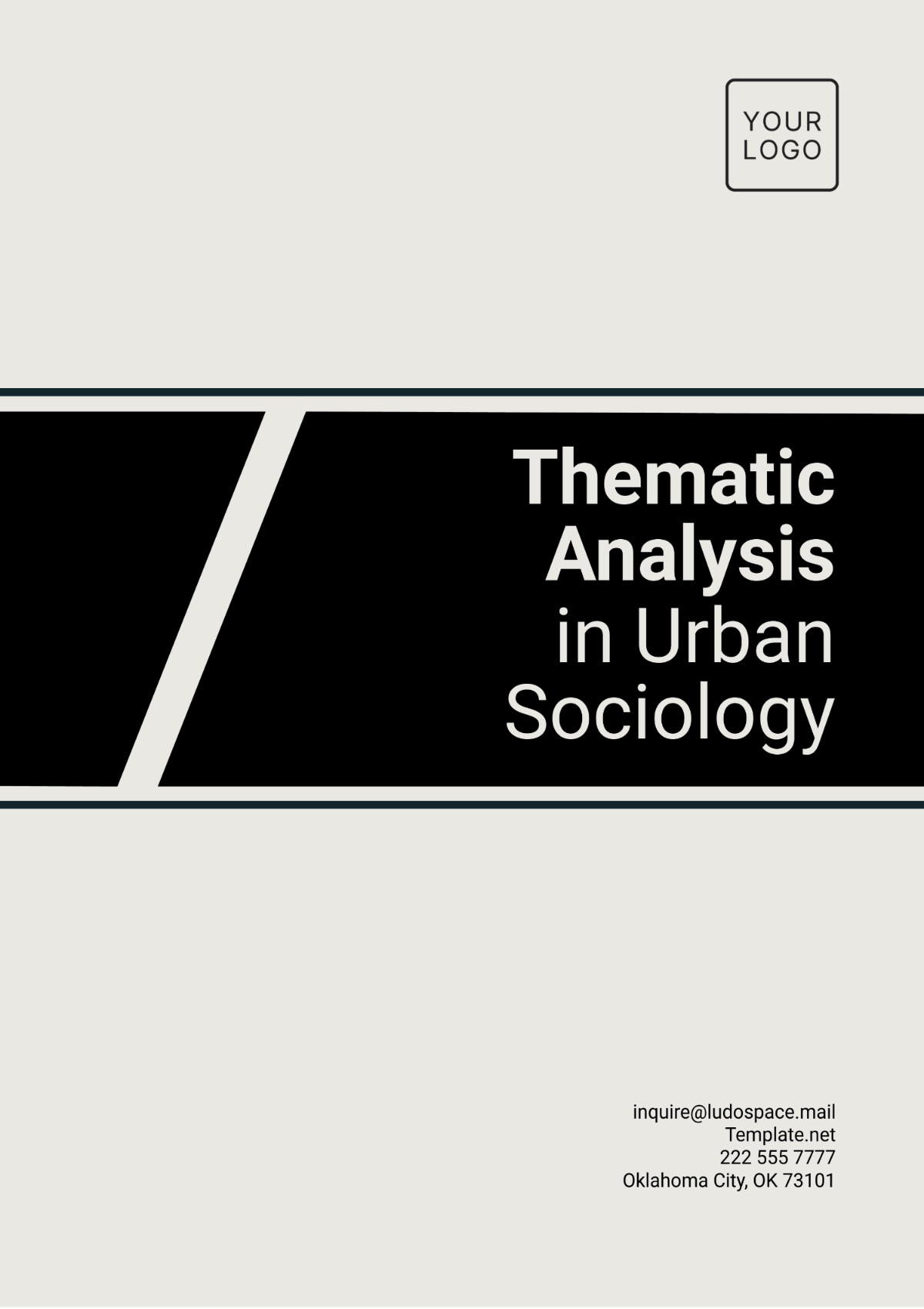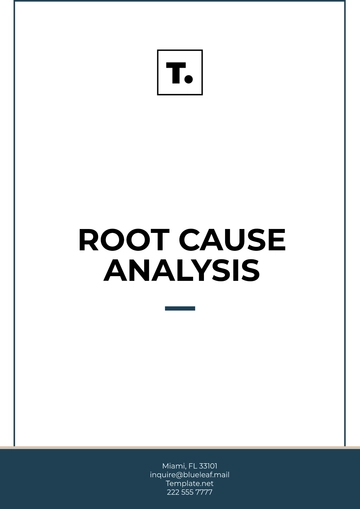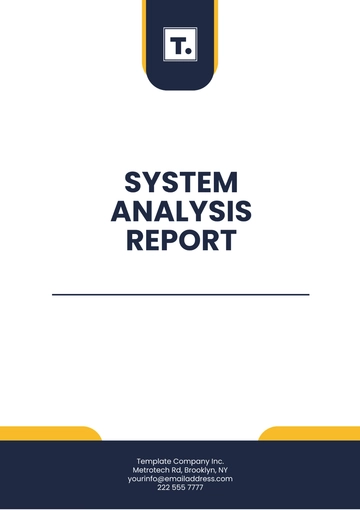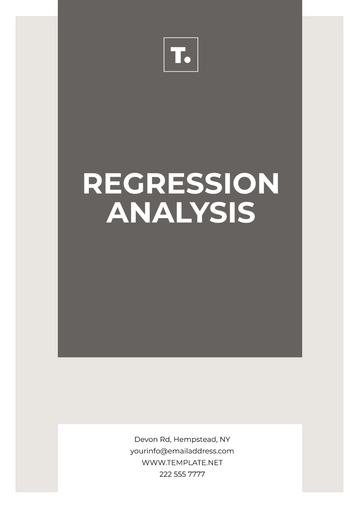Free Thematic Analysis in Urban Sociology

Introduction
Context: The Lower East Side (LES) of Manhattan, historically known for its diverse immigrant populations and working-class communities, has undergone significant changes in recent decades. Gentrification, driven by rising real estate prices and the influx of wealthier residents, has reshaped the neighborhood’s social and cultural fabric.
Research Problem: This study investigates how gentrification has impacted housing affordability, small business survival, and community displacement in the Lower East Side.
Purpose of the Study: The analysis aims to understand the patterns and consequences of gentrification in the LES, focusing on housing costs, the demographic shift, and the erasure of long-established communities.
Research Questions:
How has gentrification affected housing affordability in the LES?
What has been the impact on local businesses?
What are the broader social and cultural consequences for long-term residents?
Scope of the Study: The study covers the LES from 2000 to 2023, with particular attention to residential tenants, small business owners, and local activists.
Literature Review
Overview of Existing Research: Studies such as Smith (Year) and Zukin (Year) have shown that gentrification in New York neighborhoods has displaced low-income residents and minority communities. The LES, in particular, has been the subject of various research works focused on demographic shifts and rising rent prices.
Key Themes from Previous Studies:
Housing Displacement: Research highlights the role of luxury developments in pricing out long-term renters (Marcuse, Year).
Cultural Erasure: Cultural landmarks and immigrant-owned businesses have been replaced by high-end retail and chain stores (Zukin, Year).
Gaps in Current Literature: Few studies have examined the specific impacts on elderly and immigrant residents or the survival strategies of legacy businesses in gentrifying areas.
Methodology
Data Collection Methods
Interviews: 25 in-depth interviews were conducted with residents (tenants and homeowners), small business owners, and community organizers in the LES.
Surveys: A survey of 200 LES residents was used to gather quantitative data on rent increases, demographic changes, and perceptions of neighborhood identity.
Archival Research: Historical data on LES property values and demographic shifts from the NYC Department of Housing and Preservation was analyzed.
Sample Description
The interview sample included residents of various ages, ethnic backgrounds (primarily Latinx and Asian American), and income levels. Business owners included those who have operated for over 15 years and new entrepreneurs.
Data Analysis Process
Themes were identified through coding interviews and survey data. Major themes such as "housing affordability," "displacement," and "commercial change" were categorized and analyzed.
Ethical Considerations
All participants provided informed consent, and care was taken to anonymize responses to protect residents’ privacy, especially regarding sensitive topics like rent and displacement.
Results
Theme 1: Housing Affordability Crisis
Rising rents have outpaced incomes, with an average increase of 35% in LES rent prices from Year to Year. Long-term tenants, particularly rent-stabilized renters, reported fears of eviction and harassment from landlords eager to convert buildings into luxury units.Supporting Evidence: One resident stated, "Our rent went from $900 in Year to $2,200 in Year. We can barely make ends meet." (Resident #7).
Theme 2: Local Business Displacement
Gentrification has led to the closure of 60% of family-owned stores in the LES since the Year, replaced by upscale retail and dining options. Long-standing cultural establishments, such as bodegas and immigrant-run eateries, have been driven out by rising commercial rents.Supporting Evidence: A local deli owner said, "I’ve been here for 30 years, but now my rent is $15,000 a month, triple what it was a decade ago." (Business Owner #3).
Theme 3: Cultural and Social Erosion
The community spirit of the LES, once known for its tight-knit immigrant populations, has fragmented due to the influx of wealthier residents. Long-time residents expressed feelings of alienation, as new developments often cater to affluent newcomers, not the historic community.
Supporting Evidence: A local community organizer noted, "The LES has lost its soul. It feels more like an amusement park for the rich than a neighborhood." (Community Organizer #2).
Discussion
Interpretation of Findings: The findings indicate that gentrification in the LES has caused significant harm to the affordability and character of the neighborhood. Long-standing residents, especially from minority groups, are being displaced, and cultural landmarks are disappearing.
Implications for Urban Sociology: These results align with broader trends observed in gentrifying urban areas worldwide. The LES serves as a case study of how rapid urban development prioritizes wealth at the expense of local, vulnerable communities.
Limitations of the Study: While the analysis provides insight into tenant and business experiences, the sample size could be expanded to include more diverse perspectives, including government and developer viewpoints.
Comparison with Previous Studies: The results corroborate findings from Smith
(Year), who similarly observed displacement and cultural erosion in gentrifying neighborhoods. However, the emphasis on small business survival in this study provides new insights into the commercial impacts of gentrification.
Recommendations
Policy Recommendations:
Strengthen rent control measures and legal protections for tenants to prevent eviction and harassment.
Implement commercial rent stabilization programs to protect small businesses from being priced out.
Encourage the development of affordable housing through zoning laws and public funding incentives.
Community Initiatives:
Promote the creation of tenant unions to advocate for stronger protections against displacement.
Establish business cooperatives to help legacy businesses resist commercial gentrification
Further Research: Future studies should focus on the mental health impacts of gentrification on long-term residents and the role of government policy in either supporting or exacerbating gentrification.
Conclusion
Summary of Key Findings: Gentrification in the LES has led to rising housing costs, the closure of small businesses, and a loss of cultural identity. Long-term residents face displacement, while newcomers benefit from urban renewal initiatives.
Final Thoughts: Without substantial policy interventions, the LES risks becoming a neighborhood devoid of its rich history and diversity. A balanced approach to development that prioritizes community well-being is critical to preserving the cultural and social fabric of the LES.
References
Marcuse, P. (Year). Housing Affordability in Gentrifying Neighborhoods. Journal of Urban Affairs, 33(4), 251–267.
Smith, N. (Year). New Globalism, New Urbanism: Gentrification as Global Urban Strategy. Antipode, 34(3), 427–450.
Zukin, S. (Year). Naked City: The Death and Life of Authentic Urban Places. Oxford University Press.
Appendices
Appendix A: Sample Interview Transcripts.
Appendix B: Survey Results and Demographic Data of Respondents.
Appendix C: Maps of Gentrification-affected Zones in the LES (Year–Year).
- 100% Customizable, free editor
- Access 1 Million+ Templates, photo’s & graphics
- Download or share as a template
- Click and replace photos, graphics, text, backgrounds
- Resize, crop, AI write & more
- Access advanced editor
Enhance your sociological research with the Thematic Analysis in Urban Sociology Template from Template.net. This editable and customizable template is perfect for analyzing themes within urban environments. Effortlessly modify it in our Ai Editor Tool to align with your research needs.





























